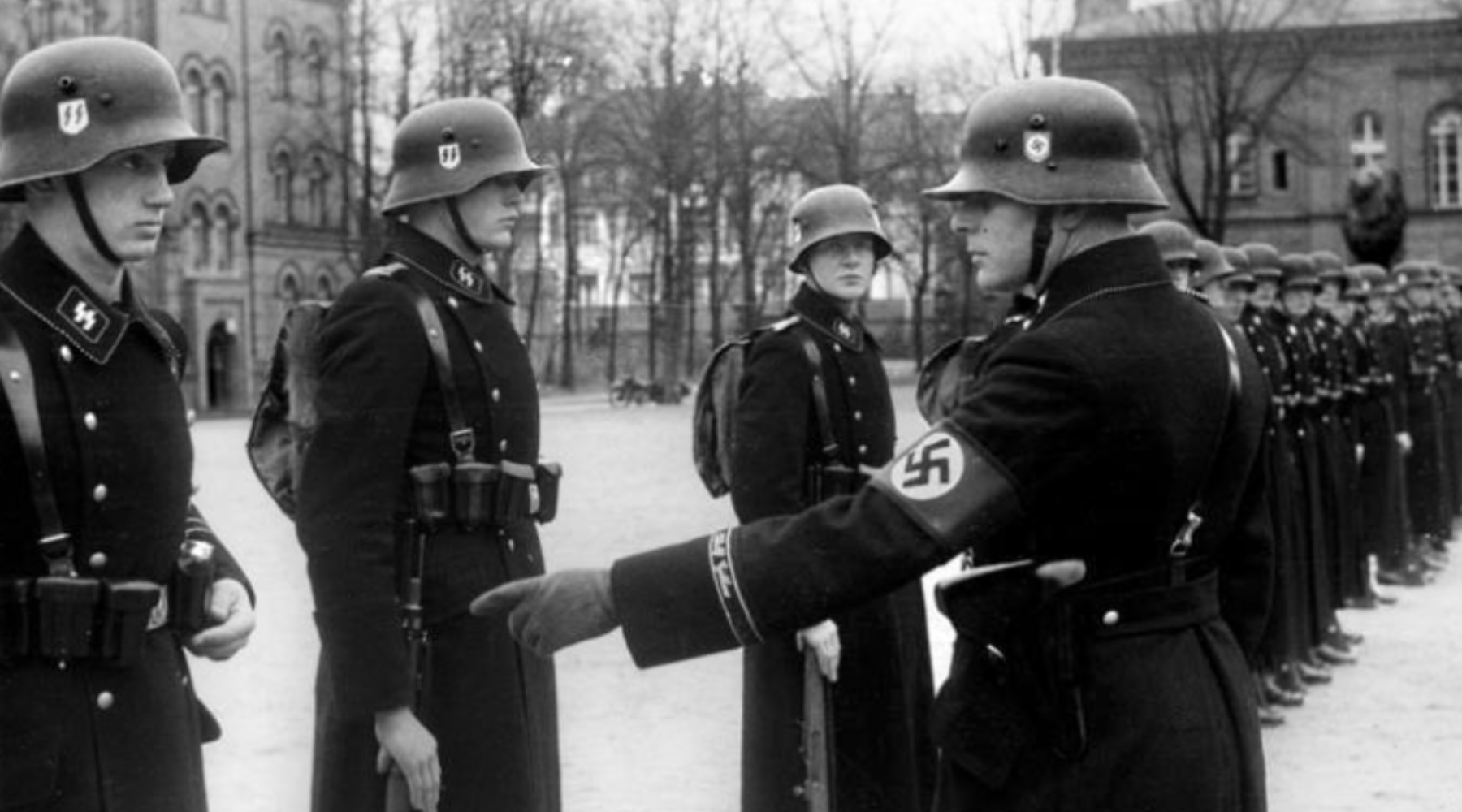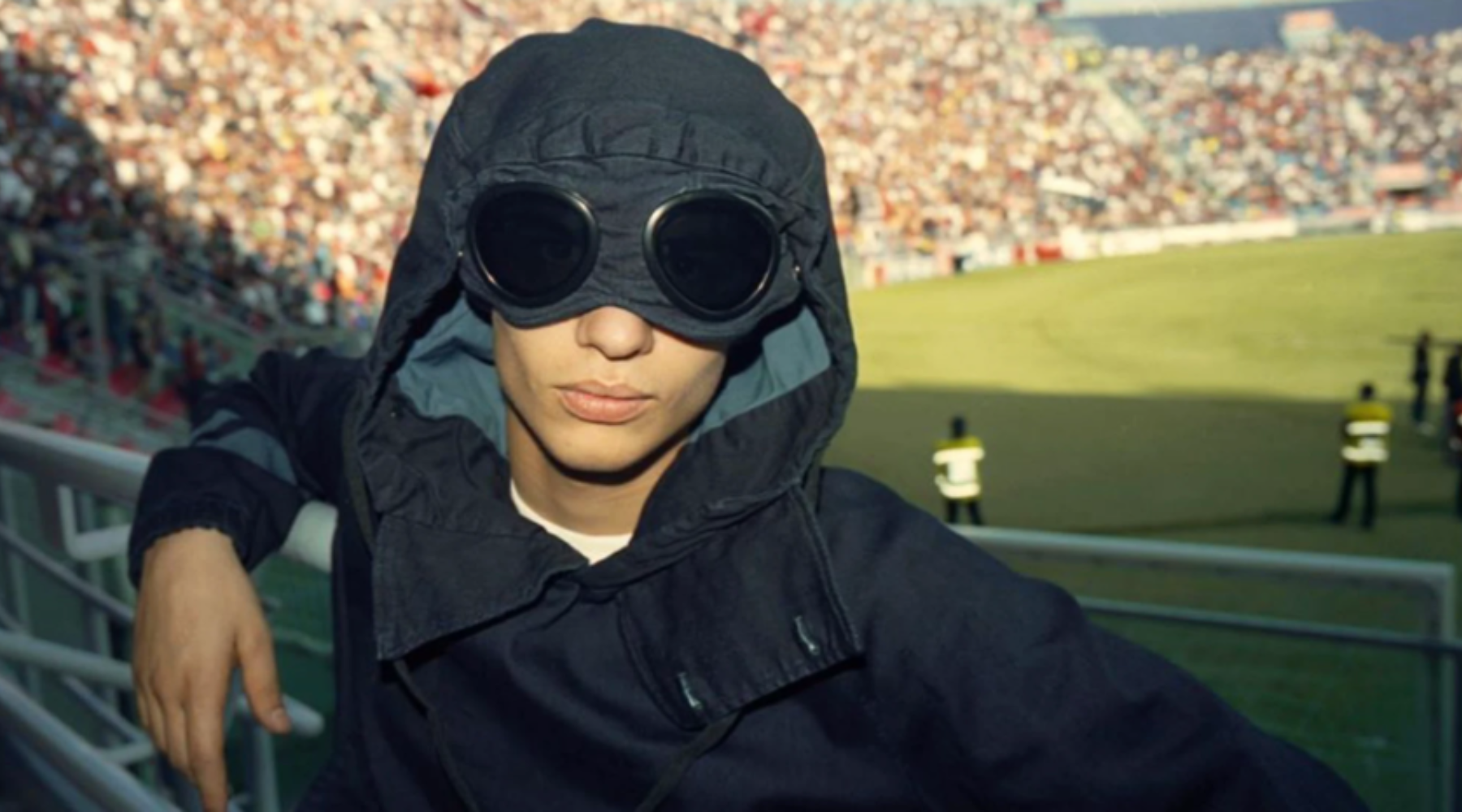Article: "Fashion During WWII: Adapting to Rationing and Wartime Trends"

"Fashion During WWII: Adapting to Rationing and Wartime Trends"
Fashion During WWII: How the Industry Adapted and Survived the War
World War II had a profound impact on every aspect of society, and the fashion industry was no exception. As the war ravaged nations and resources became scarce, fashion had to quickly adapt to new realities.
Paris, once the dazzling heart of the fashion world, now lay under the shadow of Nazi occupation, its streets filled with tension and uncertainty. With fabric shortages and government-imposed restrictions, iconic fashion houses were silenced by war, and the city’s glamour was replaced by the harshness of occupation and rationing. The industry had to innovate and rethink how it functioned, navigating this uncertain new world.
The Collapse of Paris as a Fashion Hub
Before the war, Paris dominated the fashion scene, with designers like Chanel, Lelong, and Rouff leading the way. Buyers, journalists, and wealthy clients would flock to Paris for the spring and fall collections, eager to see the latest trends. However, with the German invasion, much of this came to a halt. Paris, once a symbol of style and creativity, was no longer able to function as it had before.
In response to the disruption, American designers saw an opportunity to step into the spotlight. The first New York Fashion Week took place in the fall of 1940, marking a significant shift in the global fashion landscape. For the first time, American designers gained the media attention they had long been denied. The new focus on American design helped the industry thrive despite the challenges posed by the war, creating new stars and bringing New York to the forefront of fashion innovation.
Changes in Fabric and Garment Production
The war also led to significant changes in the materials used to make clothes. Silk, which had been a staple of luxury fashion, became scarce, and alternatives like rayon and nylon gained popularity. These synthetic fabrics not only helped keep the fashion industry running during wartime but would go on to dominate the market after the war.
Additionally, the war saw innovations in garment production. For example, the bra industry introduced standardised cup sizes and multi-eye fastenings, improving the fit of foundation garments. This focus on fit and comfort led to the decline of the skilled brassiere fitter, as mass-production methods became more common.
The Role of Designers Like Dior and Chanel
Despite the chaos of war, some of the most iconic names in fashion emerged or adapted during this time. Christian Dior, who had worked for Lucien Lelong during the war, went on to found his own fashion house in the late 1940s. Dior’s post-war collection, famously known as the "New Look," revolutionised women’s fashion and redefined femininity with its voluminous skirts and cinched waists. Pierre Balmain also worked under Lelong during the war!
In contrast, Coco Chanel’s relationship with the war was far more controversial. Chanel shut down her couture house but continued living luxuriously as the mistress of a Nazi officer. She even attempted to seize control of her perfume company from its Jewish owners, using anti-Semitic laws to her advantage. After the war, Chanel's wartime collaboration was largely ignored, allowing her to re-enter the fashion scene and reinvent her legacy.
Hugo Boss: From Tailor to Nazi Supplier
Hugo Boss founded his clothing company in 1923 in Metzingen, Germany, initially producing shirts, jackets, work clothing, sportswear, and raincoats. However, due to the difficult economic climate in Germany at the time, the company went bankrupt, and Boss was left with only six sewing machines to restart in 1931. That same year, he joined the Nazi Party and began supplying uniforms to Nazi organisations. By 1938, the company was focused on producing uniforms for the Wehrmacht and the Waffen-SS, including the iconic all-black SS uniforms, although the designs were not created by Boss himself.
During World War II, Hugo Boss's company employed 140 forced labourers, most of whom were women, as well as 40 French prisoners of war between 1940 and 1941. These labourers worked to produce the various uniforms and other garments required by the Nazi regime. While Boss's company grew in prominence, especially for its role in outfitting Nazi personnel, it remains a controversial part of the fashion industry's history due to its ties to the regime and its use of forced labor.
Wrapping Up: Fashion’s Survival and Transformation During WWII
The fashion industry during World War II faced unprecedented challenges, yet it adapted and found ways to survive and even thrive amidst the chaos. With Paris no longer at the center of the fashion world, New York emerged as a new hub, giving American designers the recognition they had long been denied. The war also brought innovations in materials and garment production, which had lasting effects on the industry. While some designers like Christian Dior went on to revolutionize fashion post-war, others, such as Coco Chanel and Hugo Boss, left controversial legacies tied to the wartime regime. Ultimately, the war reshaped the fashion industry in ways that still influence it today, proving the resilience and adaptability of fashion even in the darkest of times.


Leave a comment
This site is protected by hCaptcha and the hCaptcha Privacy Policy and Terms of Service apply.